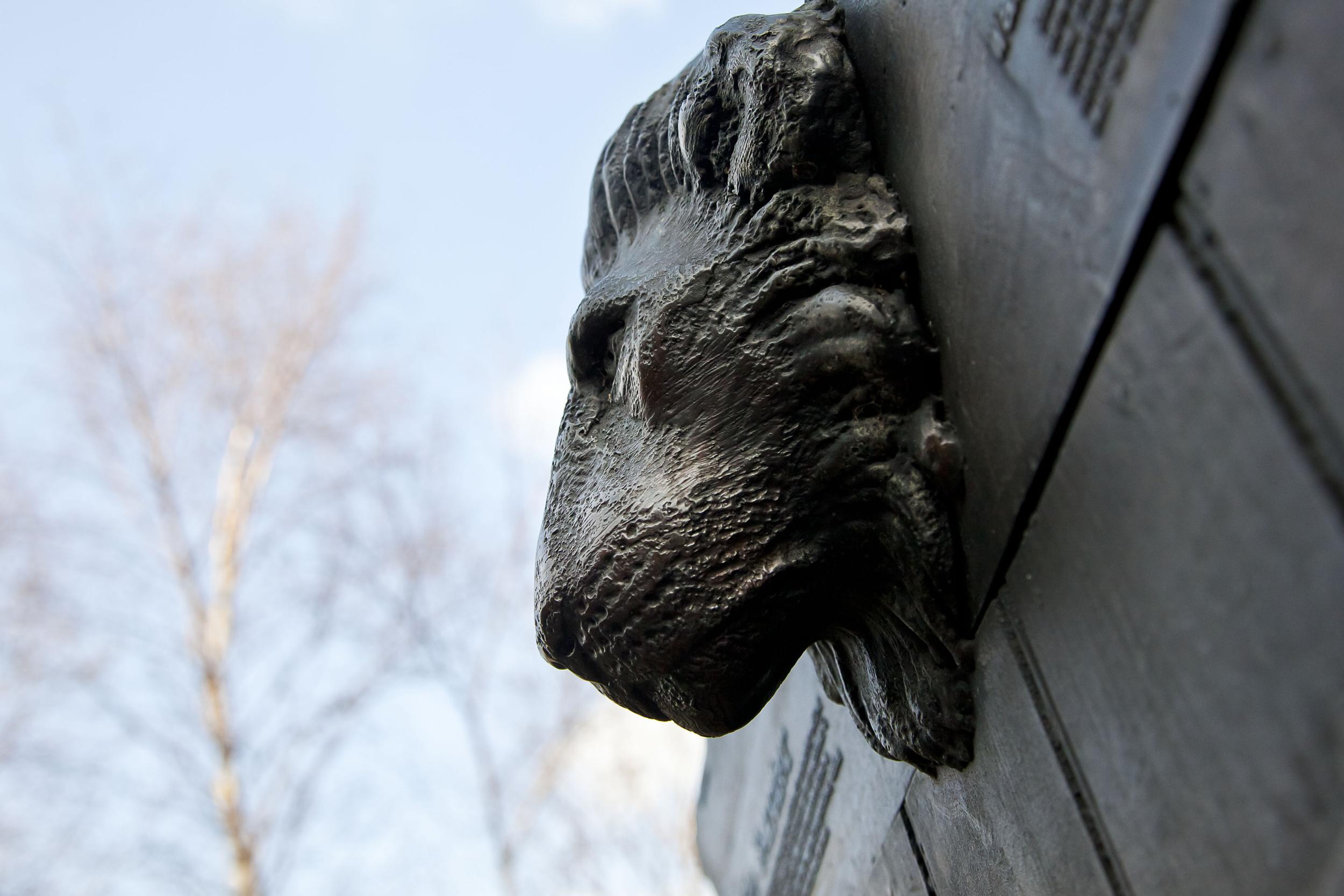This is as part of the Treasure Ireland project funded by The National Lottery Heritage Fund, the Pilgrim Trust and the Department for Communities. The Wolfson Foundation has contributed a further £5,000 to the grants in this round.
Claire Walker, Chief Executive Officer of the National Churches Trust said: “Northern Ireland’s historic churches and chapels play a vital part in its national heritage and have done so much to help local people during the COVID-19 lockdown. But to survive, many need to carry out urgent repairs and install modern facilities. The cost of this work is far beyond what most congregations can pay for themselves.”
“So, I’m delighted that the Treasure Ireland project is able to support seven churches and chapels, funding that will help secure the future of these historic buildings.”
Paul Mullan, Director, Northern Ireland, The National Lottery Heritage Fund, added: “We’re delighted to support these seven churches to carry out urgent repairs and help preserve the heritage of these historic buildings. We’re grateful to National Lottery players for making it possible and ensuring they are able to continue engaging with a wide range of audiences.”
The churches
St Macartans (Forth Chapel), Augher
Located in rural south Ulster, the chapel of St Macartans has been awarded a grant of £7,500 for repairs to deteriorating timber window frames that support stained glass created by Joshua Clarke Studios and dating from 1922. An additional grant of £2,500 from the Wolfson Foundation has enhanced the award.
St Macartans is a nationally important historic building, constructed between 1838-46. The Chapel is dedicated to St. Macartan (d. 506) who is believed to have established a monastery at Clogher at the direction of St. Patrick. The chapel was built on the site of an early Irish hill fort.
St Peter, Belfast
St Peter’s receives £2,825 for repairs to remove cement mortar and replace with lime mortar and repairs to sandstone window surrounds.
St Peter’s is a well-preserved Gothic-Revival church built at the very end of the 19th century and furnished to a very high standard. In the following decades, the church was described as “a slice of a cathedral”, and having “an appearance and dignity such as is rarely met with in our local ecclesiastical structures.”
Clanabogan Parish Church
The Anglican church is in a rural location just outside Omagh. It receives a grant of £3,406 to repoint the Chanel gable exterior wall with lime mortar to counter the effects of damp seeping through the walls.
Clanabogan Parish Church is over 150 years old, having been built in 1863 in a Gothic Revival style. Inside the church unique features including memorials, ornately detailed marble and mosaic tiles.
Newtownbreda Baptist Church
Newtownbreda Baptist Church is a modern place of worship in Belfast dating from the late 1970’s. The church receives a grant of £1,547 for repairs to the rainwater goods.
The main church was constructed back in 1979 to serve the local Breda community. Relatively modern in design, the original building consisted of a main auditorium with foyer and office space.
St Patrick, Gortin Village, Omagh
Gortin is a picturesque rural village located in the heart of the Sperrin Mountains, County Tyrone. St Patrick’s receives a grant of £2,500 for repairs to lead and parapet wall, the replacement of roof slates and the cleaning of guttering and down pipes.
St Patrick Catholic Church is a double-height Gothic Revival church, dating from 1898. The church is cruciform-on-plan consisting of central nave, north and south transepts.
The Church of the Immaculate Conception, Strabane
This iconic Strabane building, dating from the 19th century, receives a grant of £7,500 for essential repairs to the stonework surrounding the main door. An additional grant of £2,500 from the Wolfson Foundation enhances the award.
The church, completed in 1895, is gothic in style resembling 13th century French design, in the shape of a cross and built of rough sandstone and schist drawn from a quarry in the Curley Hill area of the town. The church has cathedral dimensions measuring 145 feet long by 79 feet at the transept, 60 feet at the nave. The church features a stunning trussed roof with decorative arches and internal mosaics and the main door, made of heavy pine panels, provides a very impressive entrance.
Waringstown Presbyterian Church
Waringstown Presbyterian Church receives a grant of £4,722 for window repairs to stop water ingress.
Presbyterians have worshipped together in Waringstown since 1846. The current church building was built and opened in 1853. It was designed by the famous Irish architect Sir Charles Lanyon, who designed some of Ulster’s most iconic buildings including the main building at Queen’s University Belfast. Lanyon's design was highly original for a Presbyterian church, being a building of two sharply contrasting parts. The main hall of the church is of simple classical proportions and is constructed of blackstone with brick detailing and a slate roof. The interior and entrance facade with its twin flanking campanile towers, however, are in Florentine Renaissance style. It has rounded Roman arches and a pillared portico.

